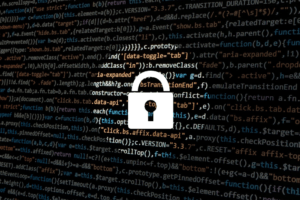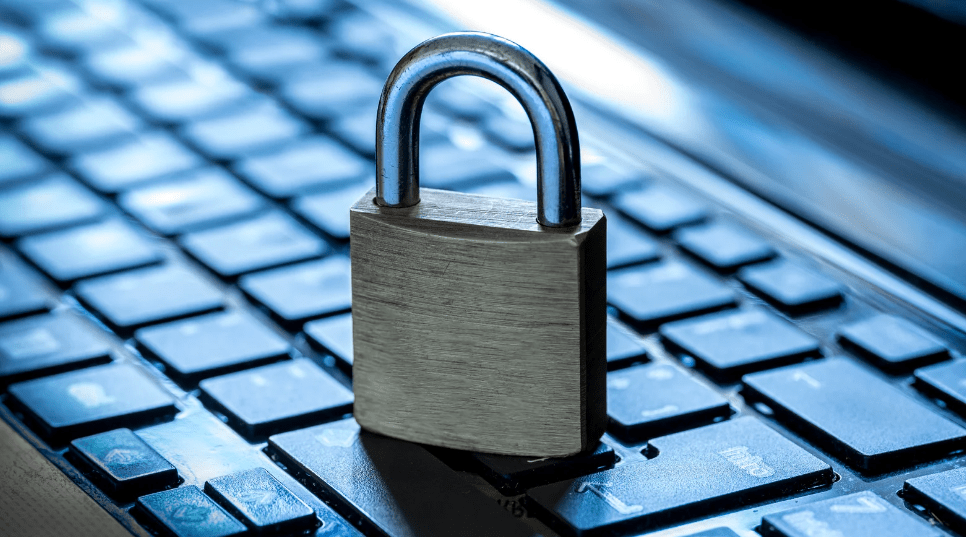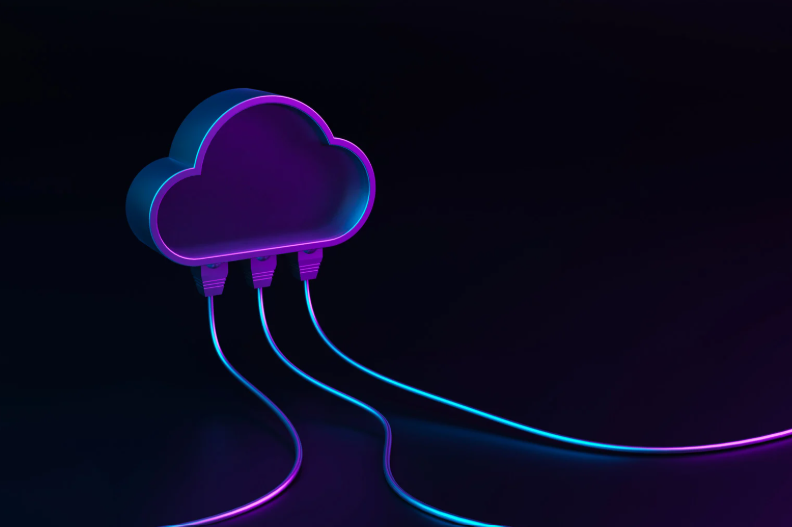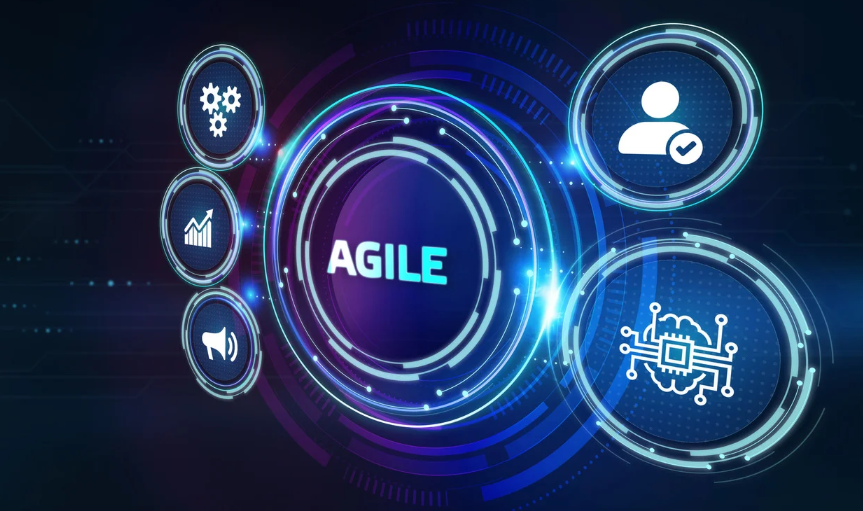
5 Cyber Threats You Should Know About
June 20, 2024
5 Cyber Threats
As we rapidly progress in this modern age where everything is now connected to the internet, it’s important to know what threats are out there so you can protect yourself. Cyber threats are becoming more advanced and are constantly challenging current security standards. In this rapidly changing digital environment, having the ability to anticipate these 5 common cyber threats could be crucial to the safety of your digital identity.
1. The Revolution of AI and Machine Learning

We are officially in an AI boom with no signs of slowing down. With the recently released AI-powered application, ChatGPT from OpenAI, the public now has a taste of what is to come.
ChatGPT’s ability to produce competent responses while taking in context is both amazing and frightening. Many other companies have elected to create a chatbot of their own. AI and machine learning will forever change how organizations operate.
This technology could be exploited by attackers as well. Cyber criminals leverage AI tools to create more sophisticated phishing campaigns and more advanced malware that are more difficult to identify.
2. Internet of Things (IoT) Security
The Internet of Things revolves around the concept that devices with sensors, processing ability, software and other technologies can connect to the internet and exchange data with other systems.
While it may be convenient for your washing machine to notify you when your load is finished, it may increase the chances of an attack on your network. Any device that connects to the internet is susceptible to be used as a medium to launch attacks.
Attackers can exploit insecure protocols, default settings, obsolete components, etc. In the cyber security industry, there is a large focus to further improve the security of IoT devices. As users gain more awareness of potential risks and adopt best practices, the overall security stance of IoT networks is expected to improve.
3. Risk of Remote Work
The workforce has largely adapted a WFH model, and many have transitioned to a hybrid workplace or maintained a fully remote environment.
This has popularized remote work for many organizations which means there is a need to secure your remote access to work applications and your home network. Many home networks lack the level of protection found in corporate offices, where industry-standard firewalls, routers, and access management are overseen by IT.
To secure your home network and safely access work related environments try the following tips:
- Use a VPN – A Virtual Private Network is a technology that establishes a secure and encrypted connection over the internet.
- Verify that your router’s firewall is enabled – The firewall acts as a barrier between your home network and the internet. By ensuring the firewall is enabled, you establish a first line of defense against unauthorized access and potential cyber threats.
- Install an Antivirus – By regularly scanning your laptop, it helps prevent malware from compromising your system and, consequently, your remote connections.
4. Phishing Attacks
In 2024, phishing attacks are more prevalent than ever. With the rise of AI and other machine learning tools, attackers are leveraging these to make phishing attempts more believable and advanced.
Although phishing has been around for some time, there are new forms of phishing taking place. One of the more common forms of phishing are SMS phishing or ‘smishing’.
Smishing has recently gained popularity due to the rise of messaging app such as WeChat, WhatsApp, Telegram, etc. Attackers use these apps to pose as an imposter to acquire your personal information.
Another popular phishing form that uses AI and machine learning is, voice phishing, or ‘vishing’. Vishing leverages the power of AI to recreate another person’s voice to further acquire access to important information. Voice phishing is usually used against large companies or financial institutions.
5. Rise of Ransomware Attacks
In the recent years, there has been a surge in ransomware attacks. The Covid-19 pandemic further fueled this surge as organizations underwent digitization, providing new opportunities for ransomware attacks amidst the shift to remote work. Consequently, both the frequency and scale of these attacks increased substantially.
These types of ransomware attacks involve hackers stealing a company’s data, encrypting it to deny access, and then blackmailing the organization by threatening to release sensitive information unless a ransom is paid. The impact of this cyberthreat is profound, covering both the critical nature of the compromised data and the financial consequences associated with ransom payments.
Thank you for reading! We take security and cyber threats seriously at Imaginet. Subscribe to our blog to stay updated on security tips, tricks, and updates. Make sure you are protected!
Want to hear the latest from out team of experts? Sign up to receive the latest news right to your inbox. You may unsubscribe at anytime.

Discover More
5 Common Misconceptions About Cloud Migration: Debunking the Myths
We’ve all heard of the cloud and cloud migration. But how important is it actually for your business? Organizations are moving to the cloud for several reasons: to improve agility,…
Innovation Starts with Listening: Co-Creating Software with End Users
Innovation is key. But with our race to innovate, it’s tempting to focus on speed, features, and technical brilliance. But the most transformative software solutions often don’t begin with code,…
Imaginet in Action: Building Software That Solves Real Problems
Organizations are under a lot of pressure to modernize, scale, and innovate fast. Especially with how rapidly technology is evolving. Many people fall into the trap of thinking that all…

Let’s build something amazing together
From concept to handoff, we’d love to learn more about what you are working on.
Send us a message below or call us at 1-800-989-6022.





